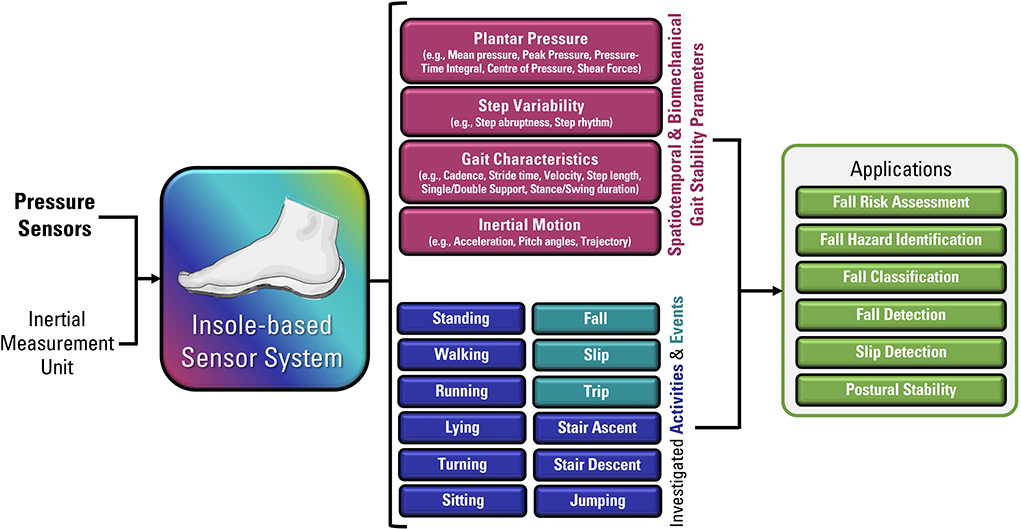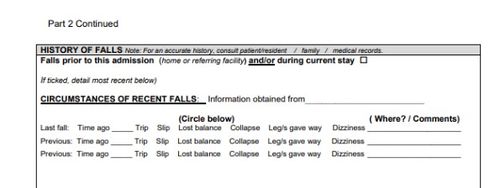Indicators on Dementia Fall Risk You Should Know
Table of ContentsThe Only Guide for Dementia Fall RiskThe Definitive Guide for Dementia Fall RiskDementia Fall Risk - An OverviewThe Single Strategy To Use For Dementia Fall Risk
An autumn threat assessment checks to see how likely it is that you will certainly fall. The assessment usually includes: This includes a series of inquiries about your overall health and wellness and if you have actually had previous falls or troubles with balance, standing, and/or walking.Treatments are recommendations that might decrease your risk of dropping. STEADI consists of 3 actions: you for your risk of falling for your danger variables that can be boosted to try to stop falls (for example, balance troubles, damaged vision) to decrease your risk of dropping by utilizing effective approaches (for instance, offering education and learning and sources), you may be asked a number of questions including: Have you fallen in the past year? Are you fretted regarding dropping?
After that you'll take a seat again. Your company will certainly examine how much time it takes you to do this. If it takes you 12 secs or even more, it may suggest you go to higher danger for a fall. This examination checks strength and balance. You'll being in a chair with your arms crossed over your breast.
Relocate one foot midway forward, so the instep is touching the big toe of your other foot. Relocate one foot fully in front of the various other, so the toes are touching the heel of your various other foot.
Dementia Fall Risk - The Facts
Most drops happen as a result of numerous contributing elements; therefore, taking care of the risk of dropping begins with identifying the aspects that add to drop threat - Dementia Fall Risk. Several of one of the most appropriate risk variables include: Background of previous fallsChronic clinical conditionsAcute illnessImpaired gait and balance, lower extremity weaknessCognitive impairmentChanges in visionCertain high-risk drugs and polypharmacyEnvironmental elements can additionally enhance the risk for falls, consisting of: Insufficient lightingUneven or harmed flooringWet or unsafe floorsMissing or damaged hand rails and get barsDamaged or incorrectly equipped devices, such as beds, mobility devices, or walkersImproper use of assistive devicesInadequate guidance of the individuals living in the NF, consisting of those that display aggressive behaviorsA effective autumn risk management program calls for a comprehensive clinical evaluation, with input from all members of the interdisciplinary team

The treatment strategy must also include interventions that are system-based, such as those that advertise a safe setting (appropriate illumination, handrails, order bars, and so on). The performance of the treatments should be examined regularly, and the treatment strategy changed as essential to show adjustments in the autumn risk assessment. Executing a loss danger administration system using evidence-based best technique can minimize the occurrence of drops in the NF, while limiting the potential for fall-related injuries.
The 9-Minute Rule for Dementia Fall Risk
The AGS/BGS standard suggests evaluating all adults matured 65 years and older for fall risk every year. This screening is composed of asking patients whether they have actually dropped 2 or more times in the past year or looked for clinical interest for a loss, or, if they have not dropped, whether they really feel unsteady when walking.
People that have fallen as soon as without injury should have their equilibrium and stride reviewed; those with stride or balance irregularities description ought to receive added visit here assessment. A background of 1 loss without injury and without stride or equilibrium issues does not require more analysis beyond ongoing yearly autumn danger screening. Dementia Fall Risk. A fall threat analysis is required as component of the Welcome to Medicare exam

The 5-Second Trick For Dementia Fall Risk
Documenting a falls background is one of the quality signs for autumn prevention and monitoring. Psychoactive medications in particular are independent forecasters of drops.
Postural hypotension can often be relieved by lowering the dose of blood pressurelowering medications and/or quiting drugs that have orthostatic hypotension as an adverse effects. Usage of above-the-knee support tube and sleeping with the head of the bed boosted may also minimize postural reductions in high blood pressure. The suggested aspects of a fall-focused health examination are shown in Box 1.

A yank time above or equal to 12 secs recommends high fall risk. The 30-Second Chair Stand test assesses lower extremity stamina and equilibrium. Being incapable to stand from a chair of knee height without using one's arms indicates enhanced autumn threat. The 4-Stage Equilibrium test evaluates static balance by having the individual stand click here for info in 4 placements, each considerably more tough.